Call Us: (800) 633-1008
Int. + 1 (813) 251-5355
Int. + 1 (813) 251-5355
As the Julian Alps give way to the Adriatic, Croatia and Slovenia merge into one another in a seamless blend of geography, history and culture. Austro-Hungarian, Roman, Venetian, Greek and more recently, Yugoslavian, influences coexist in a living, breathing history that has been integrated into a part of every day life. Vibrant towns and sleepy villages emerge out of the ruins of empires long gone. An inherent culture of wine and cuisine makes this a gourmand’s delight. Undulating mountains, karst formations and miles of stunning coastline dotted with islands make it a haven for those who enjoy being active and in nature.
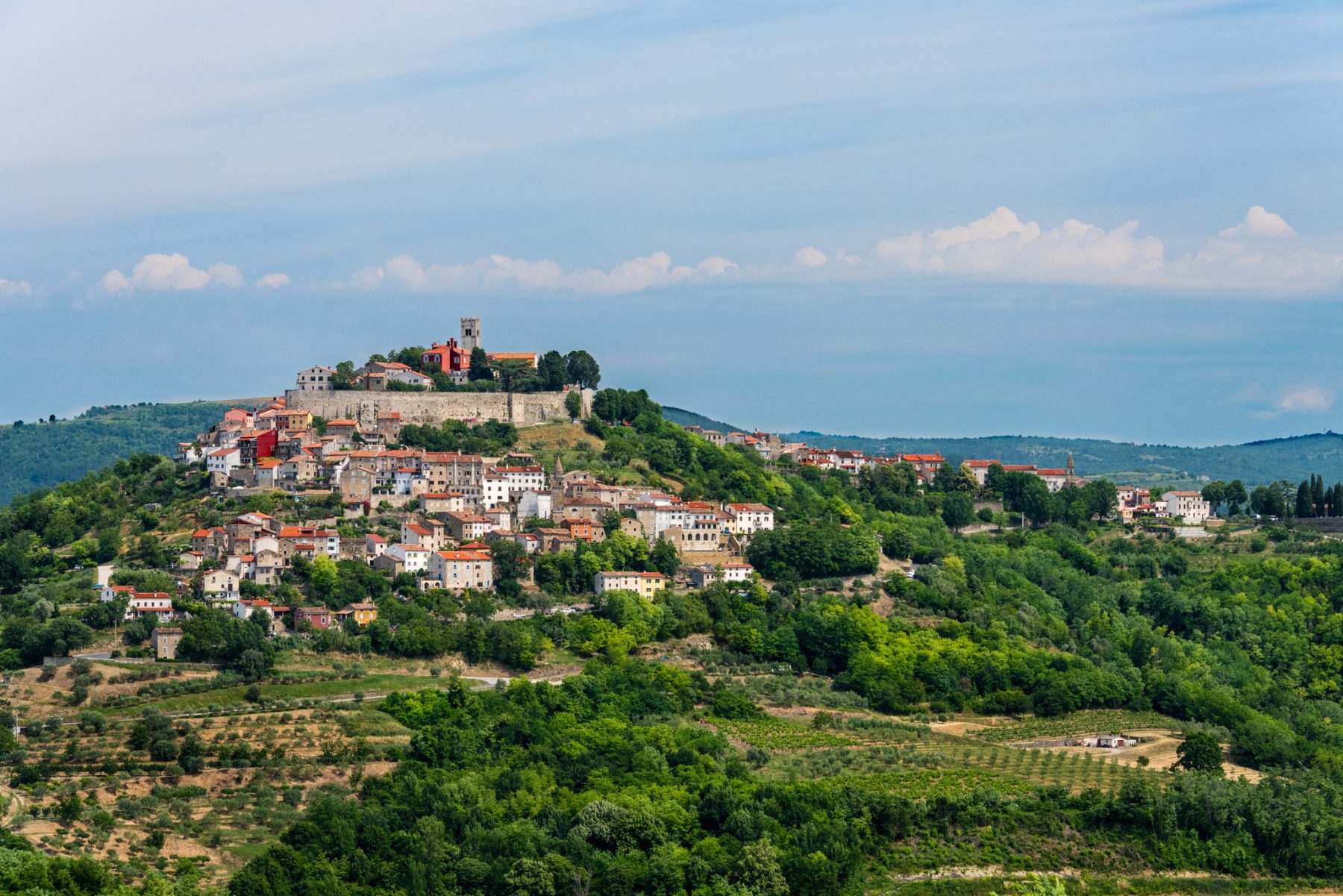

Meet your guide for an overview tour of the city. Ljubljana’s Old Town is located on the right (eastern) bank of the Ljubljanica River and at the foot of the historic Castle Hill.
See the famous Fountain of the Three Rivers and the emblem of the city- the Dragon Bridge.
We suggest taking the funicular to reach the top of Castle Hill. The Ljubljana Castle offers some great views over the city and the surrounding countryside. If you are here at the weekend, a visit to the farmers market is a must!
This morning, your guide and driver will meet you for a tour of the charming Alpine lake towns of Bled and Bohinj. Walk around the lake and a traditional boat ride to the Baroque Church of the Assumption, which stands in the middle of an islet.
Visit beautiful and historic Bled Castle, which is also the oldest in the country, built in 1004! Today the castle is preserved as a museum, where you will be able to see various exhibits depicting the history of the region. Enjoy the sweeping views over the lake and the surrounding mountains.
Later – explore the beautiful Bohinj region, which is divided into the Upper and Lower Bohinj Valley. There are twenty-four typical Alpine villages in these two valleys. The journey continues with a cable car ride to the mountain Vogel (5,000 ft), from where there is a wonderful view of the lake and the surrounding parts of the Julian Alps.
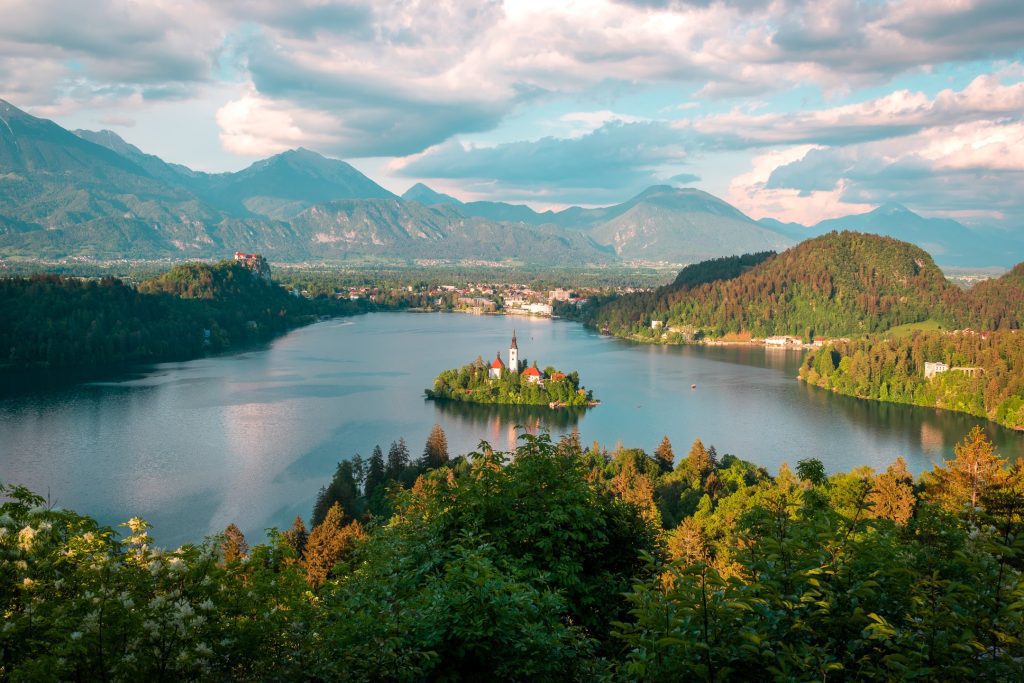
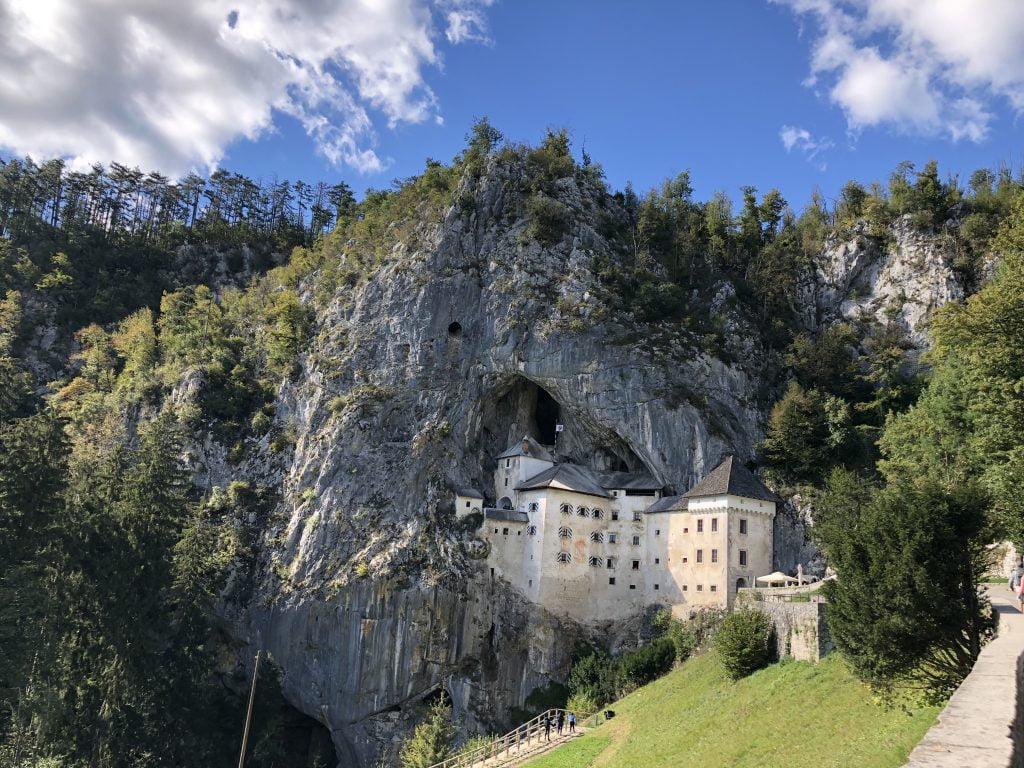
Enjoy the scenic drive through Slovenia’s Karst region, located between the capital Ljubljana and the Adriatic coast and stretching across the border with Italy. This area is in essence a huge limestone plateau famous for its massive cave systems, which were cut into the soft stone by underground rivers and some of which are now protected as UNESCO Heritage sites.
You may wish to visit the unique Škocjan Caves. These caves were formed by the Reka River and have been on UNESCO’s list of world heritage sites since 1986. Worth the visit is also the scenic Predjama Castle – a true masterpiece of medieval architecture.
The Romans called the region of Istria terra magica (magical land) and today you can feel the strong Italian influences in the architecture and food. Truffles and pasta are a focus on many menus, and Istria is considered to be the foodie center of Croatia. Choose to stay on the coast in Rovinj, or inland in Buje, close to the hilltop towns.
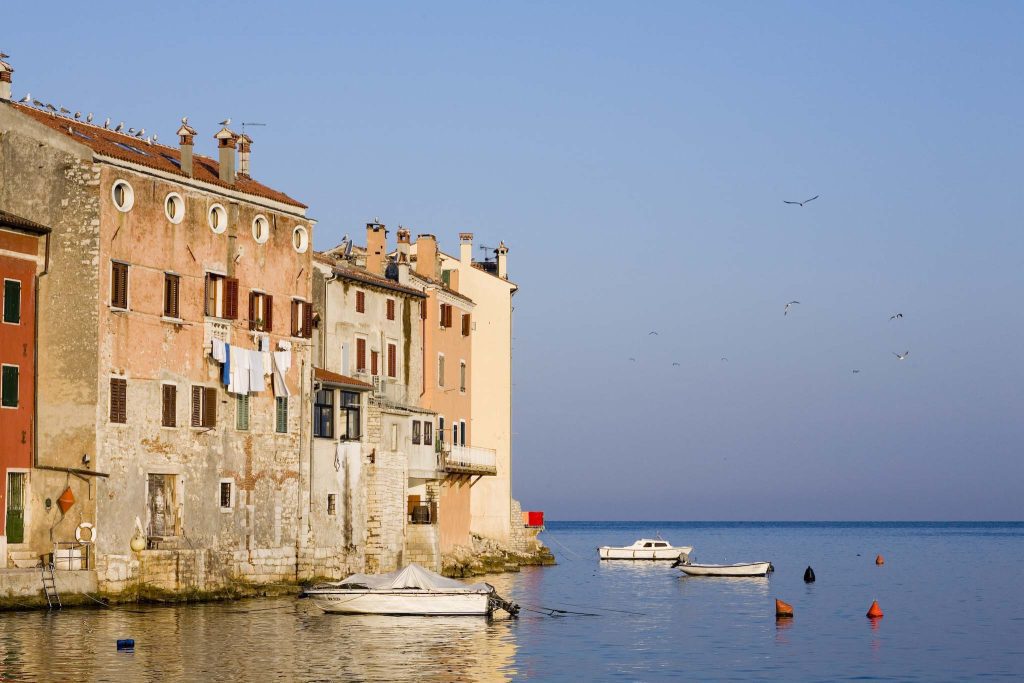

Embark on a tour of the beautiful towns and villages of Istria. The interior of Istria, with its rugged and hilly terrain, is very different from its coast. There are many picturesque villages in this area, such as the artist colony of Groznjan and the medieval town of Motovun.
You will also visit Livade, a small village in the Istrian countryside famous for being one of the best truffle regions in Europe. White Istrian truffles are among the most expensive in the world, and harvesting them is a local tradition going back centuries. Enjoy a truffle hunting demonstration, guided by an expert and a trained dog (pigs are no longer used in Croatia).
This afternoon your guide and driver will take you to one of the leading, family-owned vineyards of Istria for a private wine tasting with snacks and olive oil.
Pula became famous under the Romans during the 2nd century BCE, and became an Episcopal seat during the 5th century.
See the famous landmark, the Pula Amphitheater, which dates back to the 1st century – one of the best preserved Roman amphitheaters in the world. Today it is Pula’s main cultural venue and is known for its music and film festivals.
Continue to visit the Golden Door at the Temple of Augustus, built between 2 BCE and 14 CE, which is dedicated to the goddess Roma and the emperor Augustus.
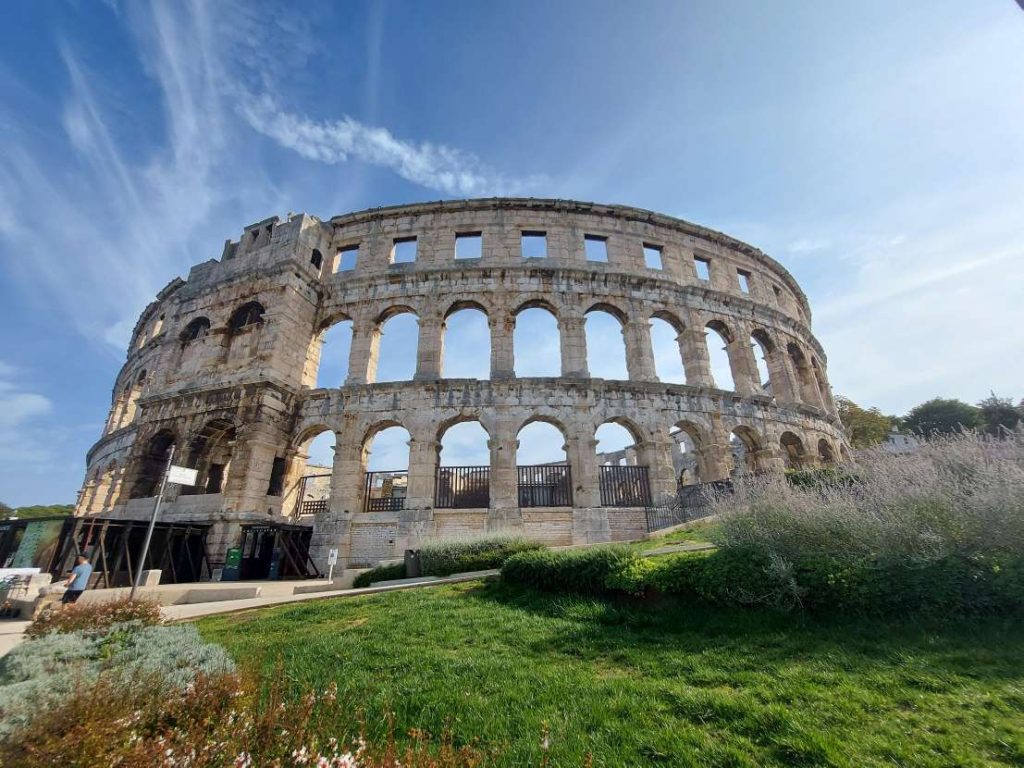
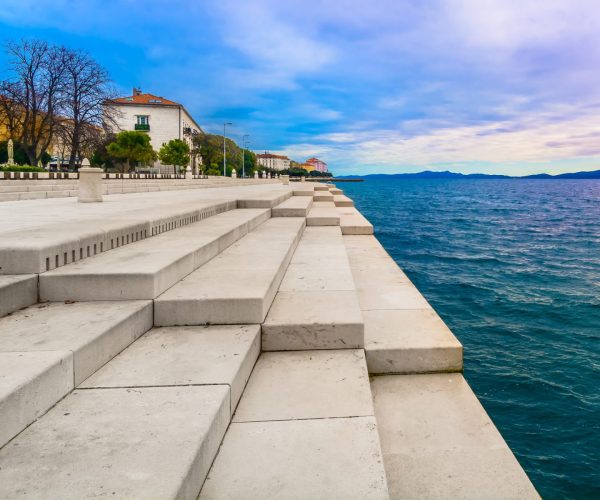
If you would like a break while driving on the beautiful coastal highway, just north of Split you will find the scenic town of Zadar. The historic city center is very charming and well worth the stop. The highlight of the city, other than its ancient Greek and Italian heritage, is the sea organ. Stone steps built into the sea play seven chords of five tones, making it a unique “orchestra of nature”.
There are many things to enjoy in Croatia’s second largest city. Enjoy the delights of the Diocletain Palace that forms the old town of Split, or take in the gorgeous sculpture of Ivan Mestrovic at his house museum & garden facing the Adriatic, or take in a cooking class with one of the regions top chefs. For those that want to be active, we can arrange hiking, and even canyoning, or perhaps a day on a private motor-boat to Hvar. We recommend a minimum of two nights here.
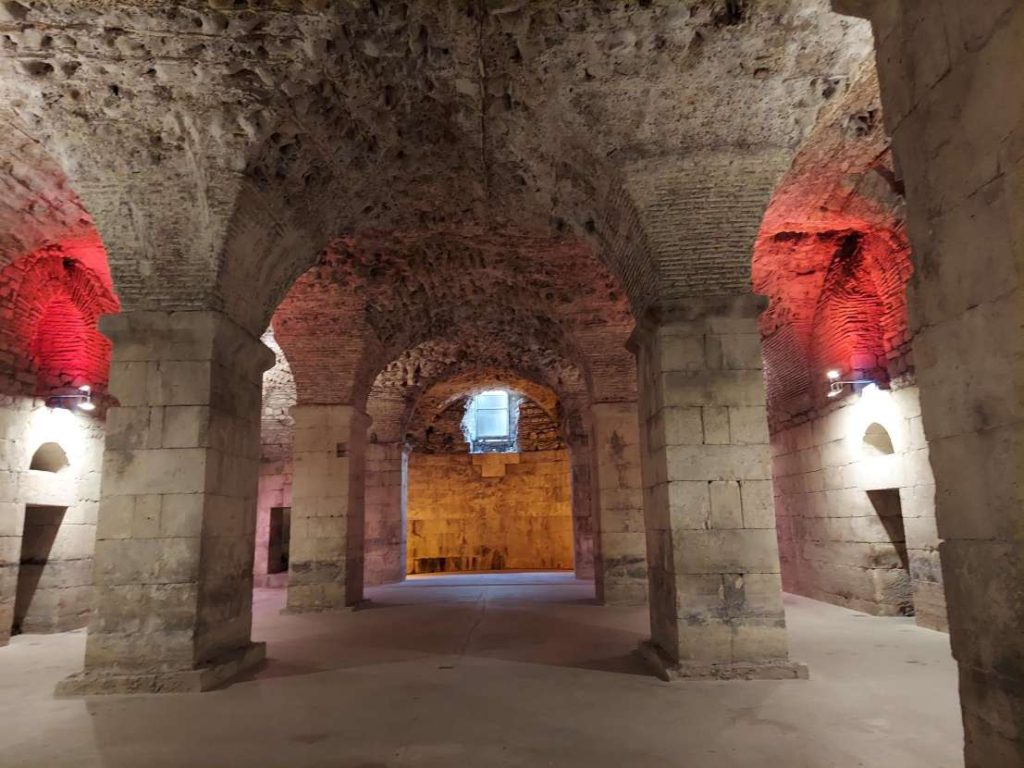
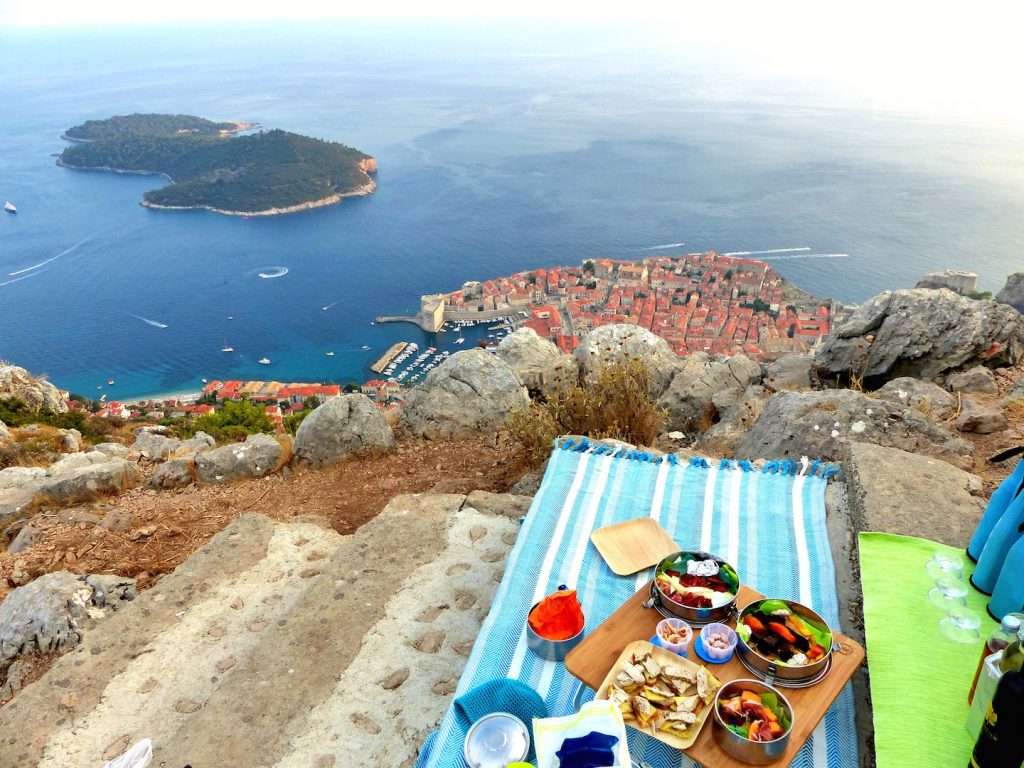
Why not extend to Dubrovnik and Montenegro?